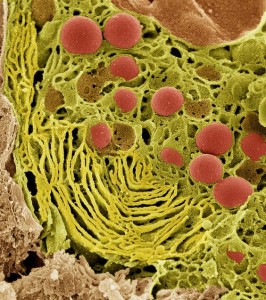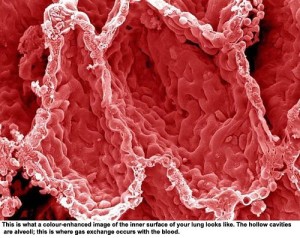As if applying to medical school wasn’t hard enough, after you take the MCAT and tabulate all your extra-curricular activities, prospective medical students will likely face in-person interviews.
First of all, you should view your medical school interviews as an important milestone in your medical career, and look at this as a huge opportunity to impress the people who will be making a decision that could affect the rest of your life. It’s important to brush up on some interview tips and talking points, and review your resume so that you can talk about it professionally with ease. But you also need to account for how you visually present yourself to an interviewer as a prospective medical student.
Expectations for what prospective medical students should wear to their interviews will vary by school, region of the country, and even by the personal expectations of the individual interviewer. Given all these variations, it’s best to err on the side of caution and dress as professionally as possible.
Here are some tips for dressing for your medical school interviews:
- If possible, wear a suit. Girls can wear either a pants suit or a skirt suit.
- Dressing in dark colors tends to look more professional.
- Make sure that the shirt you wear under your suit is a lighter color than the color of your suit.
- Don’t overdo it with perfume/cologne, or accessories. Keep it simple.
- Try your shoes on before to make sure there aren’t any distracting squeaks when you step. For females, this also ensures that you are actually able to walk in your heels.
- Hairstyles should be clean and simple.
- For the most confidence, have your outfit tailored to fit you specifically. This will also make your clothes look more expensive.
The most important rule of all, for dressing for a medical school interview, is to be professional yet comfortable. Remember that how you present yourself visually will play a large role in determining others’ first impression of you, so you want to get it right!











